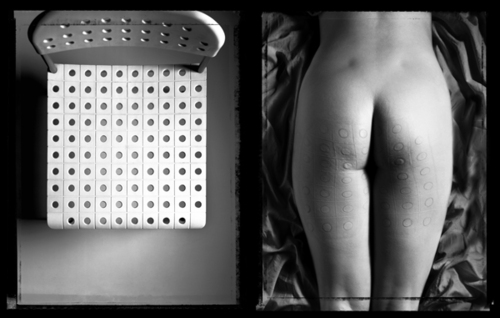
(Gabriele Basilico, Contact, 1984)
I was surprised when my friend Rachel Kushner told me that, having just finished her final edit for her first novel, Telex for Cuba, she was excited to start work on a second novel which would be set in the New York art world of the early 1970’s. I remember being shocked that she had already figured it all out and knew where she was going next… usually, when I finish a lot of work, I just want to stay in bed and sleep for a year. And so when I heard from her sometime later that she would be travelling to Italy to do research for the novel, I just assumed she had changed her mind and decided instead to write about Italian revolutionaries.
When I started reading The Flamethowers I was humbled and embarrassed to realize that I had underestimated her commitments. Set in both New York and Italy, parts of the book reminded me of social experiences in the art world so acutely I cringed with painful recognition as I read.
Ten years after Rachel interviewed me for the then very new Believer, I had the pleasure of driving with her across town to Santa Monica City College where we wandered the campus looking for KCRW. Far from my Eagle Rock studio where the first conversation took place with a cassette recorder, pen and paper, we found ourselves lost looking for the underground recording studios. We asked several students where it might be, and eventually, in a black room with headsets on, we had a conversation about The Flamethrowers.
—Laura Owens
I. A LACK OF AGENCY
THE BELIEVER: What I thought was interesting about the book is the lack of agency all these women have in trying to negotiate their world, and like the fact that this woman––who is this incredible motorcycle racer––goes to a dinner party and barely says a word the entire night––you hear her thoughts, but you don’t hear her voice.
RACHEL KUSHNER: Sure—maybe it’ll be the case that some people will be disappointed by her so-called lack of agency, and my rebuttal would be that maybe their those peoples’ expectations have to do with literary conventions of heroism more than with real life situations that young women face. Or that they expect of my narrator a strength they think they possess, but the thing is, she doesn’t have it. She has her own strength, which isn’t about being the loudest at the dinner table. I was trying to render something that felt real to me for a very young person in New York City, meeting artists...
You have reached your article limit
Sign up for a digital subscription and continue reading all new issues, plus our entire archives, for just $1.50/month.
Already a subscriber? Sign in




